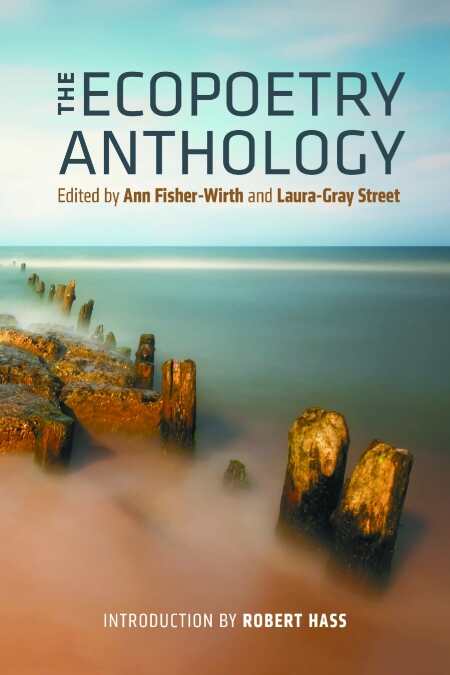The Ecopoetry Anthology
Perhaps any attempt to capture changing thought is necessarily rough. There is room in an expanding field to tussle with definitions and find new patterns; it is not yet time to focus discourse too narrowly.
That’s the feeling of this book, an enormous collection of American poetry, selected to illuminate ways in which poets approach the ecological landscape. The preface identifies three strands of ecopoetry: nature poetry, which, as Wendell Berry writes, uses nature as “subject matter and inspiration”; environmental poetry, which considers justice and degradation of the nonhuman world; and ecopoetry, which explores traditional notions of form and selfhood and, in Forrest Gander’s words, “the relationship between nature and culture, language and perception.”
This book is hefty: nearly seven hundred pages covering over two hundred poets and one hundred fifty years of American poetry. A historical section includes the likes of Whitman, Dickinson, Frost, Stevens, Bishop, Jeffers, and Hughes. The contemporary section also covers a wide range of poets, including those not necessarily thought of as environmental writers. With such a large sample, one expects to see everyone included, though this is, of course, impossible. Yet some omissions, such as Hayden Carruth or Amy Clampitt, seem glaring when lesser lights are represented here.
Robert Hass’s introduction provides a valuable overview of the “extraordinary history in which, through observation, technical invention, and inference” humans learned the placement of the Earth in an expanding universe and developed modern geology, evolutionary biology, and ecology, notions still being digested by society. Poets have responded to and incorporated these developments, as well as the tension between the symbolic and the literal, feminist critique, the notion of an end of nature, and other ideas into their work. Ecopoetics as a genre continues to evolve with human understanding of and relationship with the natural world.
What makes a good ecopoetic anthology given the moving nature of the target? Perhaps only time will tell. The editors selected a broad sample, and arranged poets in the least fussy of ways: alphabetical order. If ecocriticism, as Lawrence Buell suggests, is a practice of reading, it’s now up to the reader to discern connections and develop insights. And is that not what poetry has always required?
The editors write, “the environmental crisis is made possible by a profound failure of the imagination.” Poetry returns us to full attention. The highest use, then, of this anthology might be the material it provides for the imagination.
Reviewed by
Teresa Scollon
Disclosure: This article is not an endorsement, but a review. The publisher of this book provided free copies of the book to have their book reviewed by a professional reviewer. No fee was paid by the publisher for this review. Foreword Reviews only recommends books that we love. Foreword Magazine, Inc. is disclosing this in accordance with the Federal Trade Commission’s 16 CFR, Part 255.

